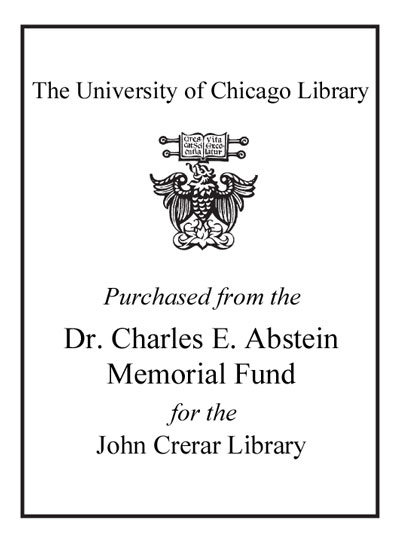| Summary: | In the second half of the 19th century, Paris became an international center for neurological studies largely because of Jean-Martin Charcot and his Salpetriere School. Charcot was named Professor of Diseases of the Nervous System at the University of Paris in 1882, and thus helped institutionalize neurology as a medical specialty. By then he had already published widely and had assembled a team of research specialists and students who approached the study of the nervous system through the celebrated methode anatomo-clinique that correlated specific neurological signs with discrete lesions in the central nervous system. Pushing beyond the bounds of anatomical study, Charcot went on to study hysteria, attracting both scientific and social notoriety. This book provides the best account of the life and contributions of Jean-Martin Charcot. It gives a fascinating picture of the man and his milieu, and clearly defines his role in establishing the new medical specialty of clinical neurology.
|
|---|


